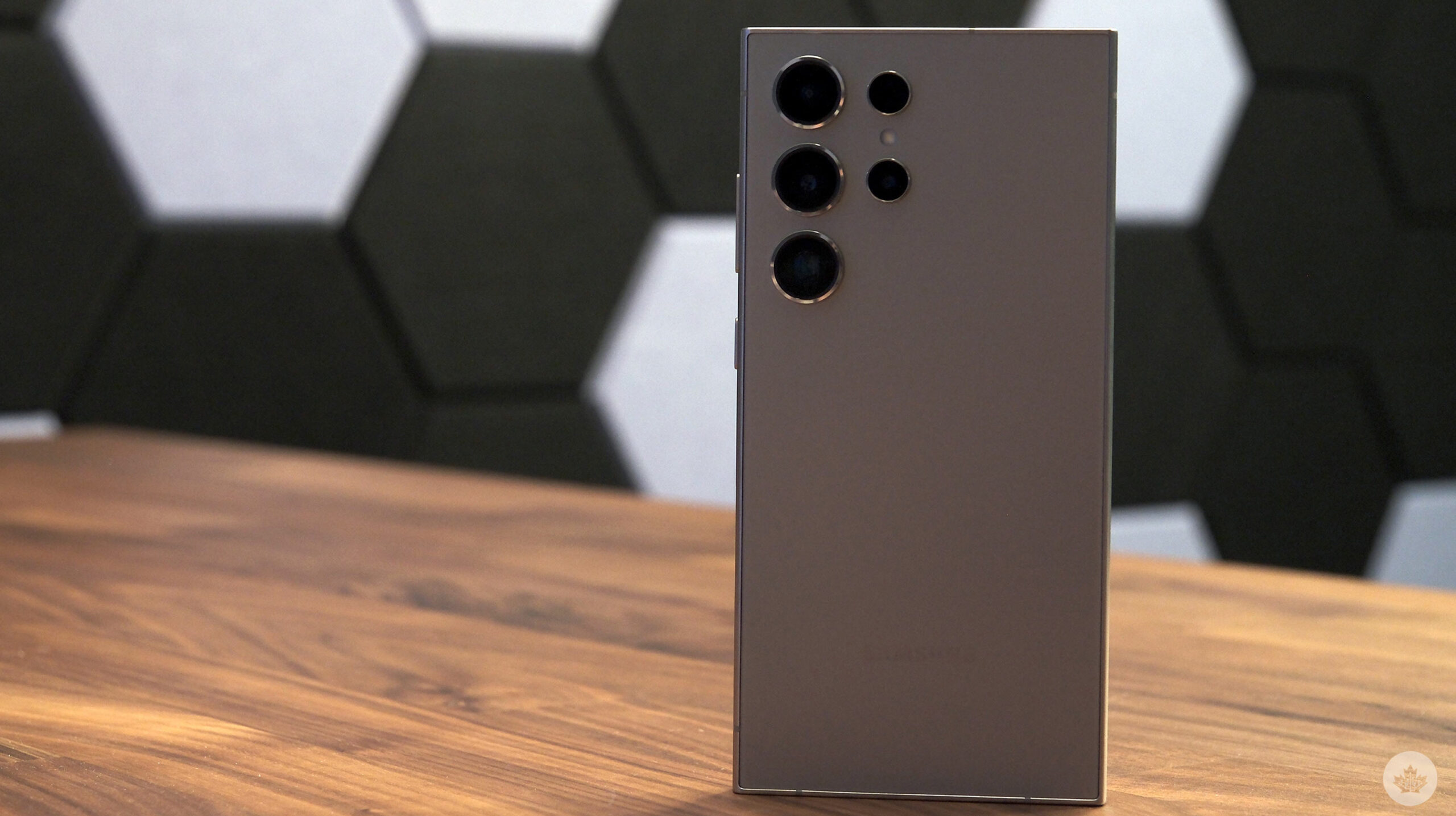In a boost to our self-esteem, a recent study reveals that both men and women are adept at rating their own physical attractiveness. Moreover, couples tend to be well-matched in terms of looks, implying that we generally partner with those in our own “league.”
These findings are the results of a comprehensive analysis involving nearly 1,300 opposite-sex couples and 27 individual studies. The participants primarily included young adults, with an average age of 25, drawn mainly from college student populations.
It’s a match!
The researchers found that people tend to date others who share similar self-assessments of attractiveness. For instance, men who considered themselves attractive often had partners who shared a similar self-view.
The data originally came from decades-old studies that asked couples to rate their own physical attractiveness. Their pictures were then shown to strangers who provided objective measures of their physical appearance.
Psychologists at the University of Florida led by Gregory Webster re-analyzed a landmark meta-analysis from 1988, which compiled data from 27 different studies on attractiveness within couples. In the intervening years, researchers in this field have produced new methods meant to analyze data from couples, and this huge dataset was the perfect opportunity to reassess a previous study with modern means.
“There’s an extensive line of research on meta-analysis. There’s an entire line of research on how to analyze data for couples. But they haven’t really been put together before,” Webster said.
Couples see eye to eye
The dual assessment methods revealed a notable consistency between self-reported and observed attractiveness ratings. This suggests individuals generally have a realistic view of their physical appeal. The correlation coefficients, which measure the relationship between self-perception and external perception, showed moderate positive relationships. For men, the correlation was 0.23, and for women, it was 0.21, indicating a meaningful connection between how individuals see themselves and how they are seen by others.
The original data dates back to 1972, but Webster asserts that the findings remain relevant in 2024. He acknowledges the potential influence of online dating, where initial impressions are often based solely on pictures, yet maintains that the core aspects of what humans find attractive are consistent across cultures and time.
The study found that not only do couples exhibit similar levels of physical attractiveness, but they also accurately assess each other’s attractiveness. Men’s self-reported attractiveness correlated with women’s observed attractiveness at 0.10, and vice versa at 0.12 for women. While these correlations are lower, they still demonstrate a significant relationship, implying that people tend to choose partners whose attractiveness aligns closely with their own.
These results support theories of assortative mating, where individuals pair with those who have similar traits, including physical attractiveness.
The meta-analysis also explored how self-ratings of attractiveness change over different relationship durations. Findings suggest that men in longer relationships become more accurate in judging their attractiveness, possibly due to a decrease in youthful overconfidence.
“Men might be getting more realistic,” Webster said. “Nobody’s usually getting more attractive over time.”
The findings suggest that, often, our partnerships are reflections of our self-perceived beauty. As such, the study adds a new layer of understanding to the dynamics of attraction and relationships. However, the study’s reliance on predominantly Western, educated, and young samples is an important limitation. Including couples from various cultural backgrounds and age groups could provide a more comprehensive understanding of physical attractiveness in romantic relationships.
The findings appeared in the journal Personality and Individual Differences.
Thanks for your feedback!




















Discussion about this post